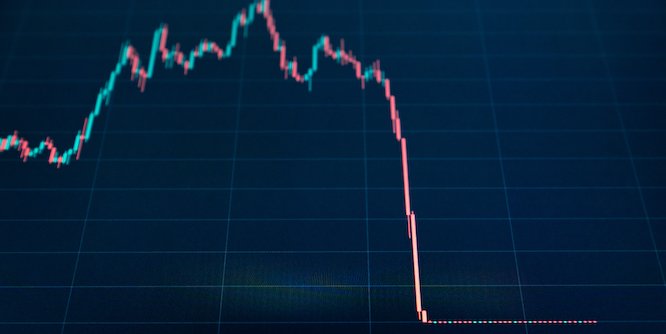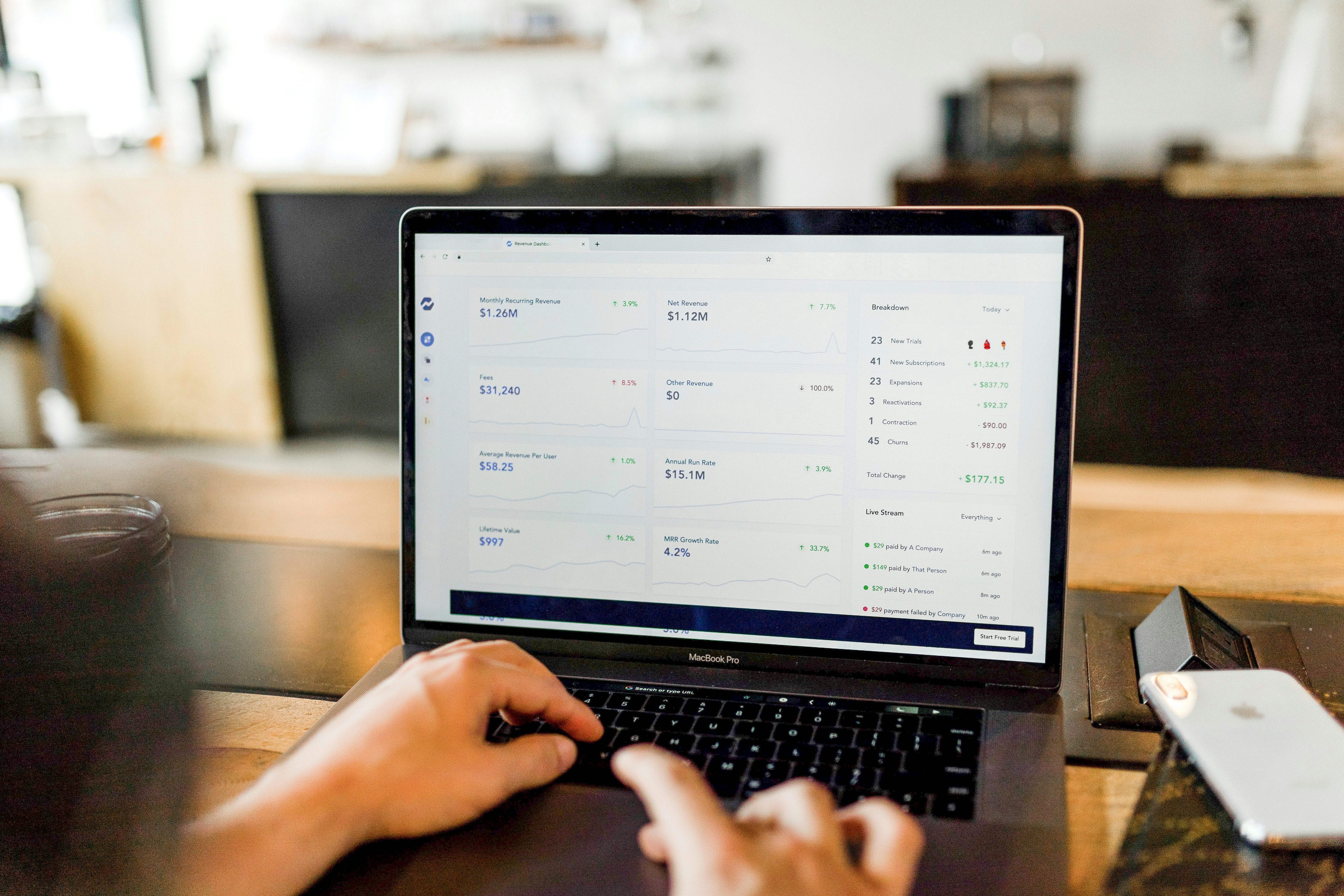
Crypto is crashing due to a perfect storm of macroeconomic pressures like rising interest rates and inflation, coupled with regulatory uncertainty, market-specific events such as major project collapses, and a general shift in investor sentiment away from high-risk assets. It’s rarely just one thing, but rather a combination of factors that create a cascade of selling pressure, leading to the dramatic price drops we see across the board.
A Deeper Dive into the Crypto Crash
Watching the crypto market take a nosedive can be a gut-wrenching experience for investors. One day, it seems like prices are heading to the moon, and the next, everything is in the red. This volatility is a hallmark of the cryptocurrency market, but understanding the underlying reasons for a crash can help provide some clarity in a chaotic environment. Let’s break down the key culprits that typically contribute to a crypto market downturn.
1. Macroeconomic Headwinds
The crypto market doesn’t exist in a vacuum. It’s increasingly intertwined with the global financial system, which means it’s susceptible to the same macroeconomic forces that affect traditional markets like stocks and bonds.
•Interest Rate Hikes: When central banks, like the U.S. Federal Reserve, raise interest rates to combat inflation, it makes borrowing money more expensive. This tends to pull money out of riskier assets, like crypto and tech stocks, as investors seek safer returns in assets like bonds. Higher rates can signal an economic slowdown, prompting a “risk-off” sentiment in the market.
•Inflation: While some argue that Bitcoin can be a hedge against inflation, high inflation often leads to the aforementioned interest rate hikes. Furthermore, when the cost of living rises, everyday investors have less disposable income to put into speculative assets like cryptocurrencies.
•Geopolitical Instability: Events like wars, trade disputes, and political uncertainty can spook investors and cause them to flee to perceived safe-haven assets, which historically has been assets like gold or the US dollar, not necessarily crypto.
2. Regulatory Scrutiny and Crackdowns
Governments and financial regulators around the world are still figuring out how to handle cryptocurrencies. This uncertainty creates a volatile environment where news and even rumors of new regulations can trigger massive sell-offs.
•Government Bans or Restrictions: News of a major economy banning or heavily restricting crypto trading or mining can send shockwaves through the market.
•Increased Scrutiny: Announcements of investigations into major crypto exchanges or projects, or the classification of certain cryptocurrencies as securities, can create fear, uncertainty, and doubt (FUD), leading investors to sell.
3. Market-Specific Events and Contagion
The crypto ecosystem is highly interconnected. The failure of one major project or company can have a domino effect, causing a chain reaction of liquidations and panic across the market.
•Collapse of Major Players: The failure of a large exchange (like FTX) or a major algorithmic stablecoin (like Terra/LUNA) can lead to billions of dollars being wiped out, destroying investor confidence and causing a liquidity crisis as other interconnected projects are forced to sell their assets.
•Leverage and Liquidations: Many traders use leverage (borrowed money) to amplify their bets. During a crash, falling prices can trigger margin calls and forced liquidations, where exchanges automatically sell a trader’s assets to cover their losses. This flood of sell orders adds further downward pressure on prices, creating a vicious cycle.
4. Investor Sentiment and Market Cycles
Ultimately, markets are driven by human emotion. The crypto market, in particular, is known for its extreme cycles of euphoria and despair.
•From Greed to Fear: After a prolonged bull run, the market can become over-extended, with prices driven by hype and FOMO rather than fundamentals. A shift in sentiment, often triggered by one of the factors above, can cause a rapid transition from greed to fear, leading to panic selling.
•Natural Market Cycles: Many analysts believe that crypto, like other markets, follows natural cycles of expansion (bull markets) and contraction (bear markets). A crash can simply be the start of a necessary correction or a longer-term bear market after a period of unsustainable growth.
FAQs
Is a crypto crash the same as a bear market?
A crash is a sudden and sharp drop in prices, often happening over a few days. A bear market is a more prolonged period of declining prices, typically defined as a drop of 20% or more from recent highs, that can last for months or even years. A crash can be the event that kicks off a bear market.
Does a crash mean crypto is dead?
The crypto market has experienced numerous crashes and bear markets throughout its history, and each time it has recovered to reach new highs. While a crash can wipe out weaker projects, it doesn’t necessarily mean the end for the entire asset class. Many see it as a cleansing mechanism that removes speculation and allows for healthier, more sustainable growth in the long run.
What happens to altcoins when Bitcoin crashes?
Bitcoin is the largest and most influential cryptocurrency, and its price movements tend to have a strong impact on the rest of the market. When Bitcoin crashes, altcoins (all other cryptocurrencies) often crash even harder. This is because investors tend to flee to the relative safety of Bitcoin during a downturn, or they sell their altcoins for fiat currency.
Can you predict a crypto crash?
Predicting the exact timing of a market crash is nearly impossible. However, analysts look for certain warning signs, such as extreme levels of greed and leverage in the market, unsustainable price increases (parabolic moves), and unfavorable macroeconomic conditions.
Disclaimer: Not Financial Advice
The information provided in this article is for informational and educational purposes only. It does not constitute financial, investment, trading, or any other advice. Investing in cryptocurrencies carries a high level of risk and may not be suitable for all investors. Before making any investment decisions, you should seek advice from a qualified financial professional. Any decisions you make based on the information in this document are at your own risk. We are not responsible for any loss or damage that may arise from reliance on the information contained herein.
RELATED POSTS
View all


